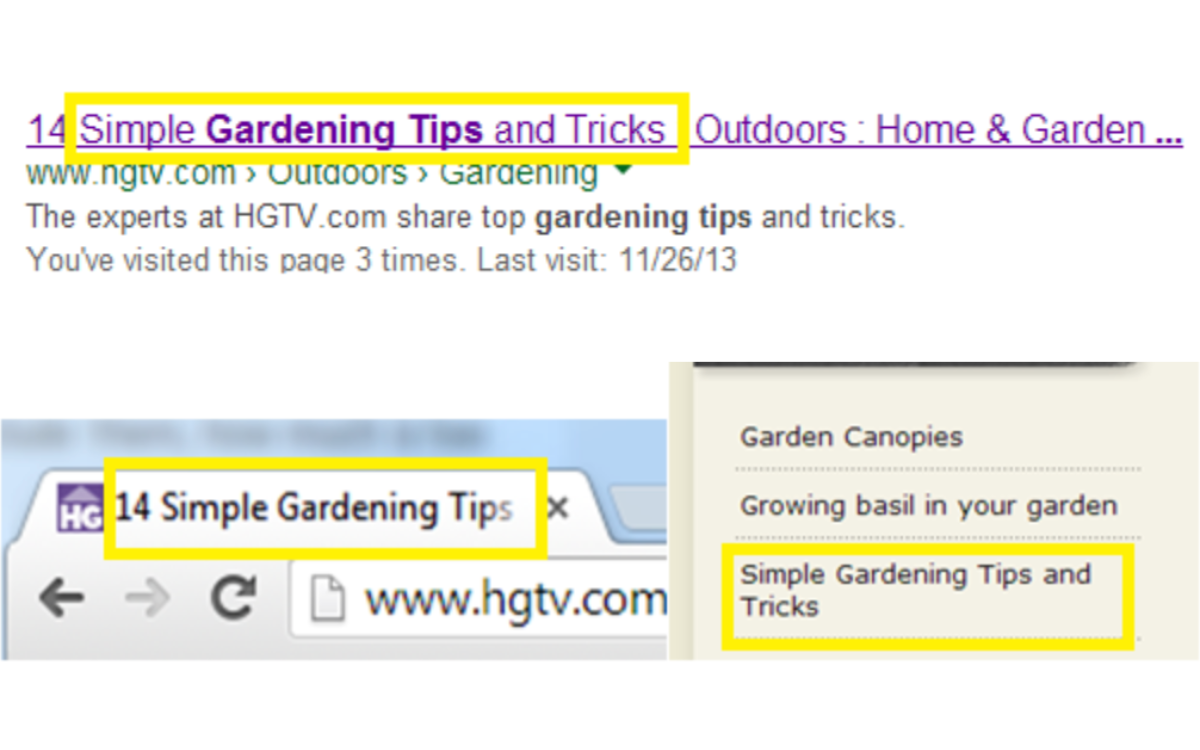
We all know that SEO is critical in driving quality traffic to your online store. One of the most important ways to get traffic to your website is making sure you include keywords in your content that match what your audience is searching for. Keywords—or keyword phrases—are terms that a potential customer uses on a search engine to look for a product or service that a website provides.
Unfortunately, choosing keywords is not quite as easy as simply naming your product or category. There are many factors that should influence your decision as to what defines the right keyword(s). In this article, we cover some behind-the-scenes strategies for choosing keywords that will give you great leads, which can easily be converted into sales.
Step 1: Begin Your Keyword Research
Your first step in creating an effective keyword strategy is to conduct keyword research. Keyword Research consists of finding and analyzing terms and phrases related to your business that shoppers may type into search engines when looking for products like yours. Here are a few actions you can take to begin building a list of possible keywords:
- Brainstorm a List of Topics: To get started, write down a list of words and/or phrases that are closely related to your business and industry. If you were a customer, what words, categories, etc. would you look for when searching for the right business to purchase from? Add keywords that are important for your business specifically, like your company name and city. Also add plurals of each keyword and different variations—such as American English and British English spellings—to cover your bases.
- Include Long-Tail Keywords: Using long-tail keywords—or longer phrases that are more in line with what customers may type into a search engine—is a critical aspect of any keyword strategy. While fewer people are likely to search for these more specific phrases, those who do are more likely to be looking for what your business offers—and are therefore more likely to purchase from you.
- Check Out Competitors’ Keywords: Research your competition and view their meta tags to see which keywords they are using for their content. This is a great way to quickly add the most commonly-used keywords for your type of business to your list. It also allows you to see how effective your competition’s keyword strategy is and identify any gaps that your business can fill for shoppers.
- Audit Your Existing Rankings: Look at what keywords different pages on your site are currently ranking for using Google Search Console. Under the Performance tab on the left-hand menu, click “Search Results,” and then look at Queries. Add these keywords that you’re already ranking for to your list, and think about whether they are accurate and appropriate for your business or whether they are missing the mark completely.
Step 2: Evaluate Your Keyword List
Once you have a list of keywords, your keyword research journey is ready to move into the next stage: evaluation. Since you cannot possibly optimize your website for all of the keywords you have listed, it is best to narrow that list down to a smaller list of the most important ones you can focus your energy on. To evaluate the keywords on your list:
- Prioritize Keyword Relevancy: By "relevancy," we’re referring to two things. First, is the content on your website actually relevant to the keyword you're considering? And secondly, is that same keyword relevant to your business? Keeping these two ideas in mind will keep you on track, ensuring that you select and optimize the best keywords for your business.
- Consider Keyword “Search Intent”: In other words, why would someone search for that keyword? There are two main ideas to consider here—transactional searches and informational searches. A transactional search is a keyword that shows purchase intent—for example, "buy blue handbag"—versus an informational search in which someone just wants to learn more, such as "history of handbags." Focus on keywords on the transactional side to attract shoppers who are further in the sales funnel.
- Research Keyword Popularity: Use a keyword tool (for example, WordTracker) to decipher the popularity of each of your list of keywords and keyword phrases. Retain the most popular or frequently-searched terms, and discard those that are rarely searched since you are not likely to get much traffic from them.
- Compare Search Volume to Competitiveness: Let's say you’ve found a keyword that has a huge search volume, but is also hugely important to large retailers in your industry. If your chances of ranking for that keyword is low, it's okay to pass over it and focus on more specific, long-tail keywords to boost your search engine rankings.
Step 3: Avoid Keyword Strategy "Don'ts"
Now that you have a list of keywords to focus your efforts on, consider which of your pages would be the best target for each keyword—and update your content as needed to include them. As you do so, keep in mind these big keyword “don’ts” that will likely trigger a red flag for search crawlers and get your site penalized:
- Forced-Sounding Language: It’s important to make sure the content on your pages sounds natural to readers, as search engines consider readability in their rankings. Have a friend read through your web page updates before you set them live so they can provide insightful advice on whether or not content seems forced and out of place.
- Keyword Stuffing: Exactly how it sounds, keyword stuffing involves using keywords over and over (and over) again on one page with little rhyme or reason. While keywords are important to have, too many keywords look like spam to search engines, and your pages will be targeted as such.
- Duplicate Content: Duplicate content means repeating sentences and keywords word for word, whether on one or across multiple pages. Not only does this look like spam to search crawlers; it also confuses them when deciding which set of content and keywords to index and rank.
- Spelling & Grammar: This tip is only included to reinforce the amount of times you should spell- and grammar-check your content. Misspellings and bad grammar make your website look unattended and uncared for to your audience—and low-quality to search engines.
Step 4: Expand Keyword Use Beyond Copy
It may be tempting to focus entirely on optimizing content that's right in plain sight, but by strategically placing keywords in less-noticed areas, you can help direct more traffic to your store. Keywords used in these other places help search engines index your website in the most relevant areas, leading more new customers to your site. Here are three behind-the-scenes places you can keyword optimize to catch more visitors:
- Title Tags: Title tags appear in three key places: search engine results pages (SERPs), browsers, and external websites. As you can see, these three key places are great opportunities for you to use important keywords and catch your visitor's eye. In the example below, we see our keywords—simple, gardening, and tips—in all three spots.

- Meta Descriptions: A meta description is a short paragraph that shows up on the SERP and gives searchers a preview of your content. Think of them like a trailer for a movie. Although these descriptions aren’t ranked by search spiders, they can increase audience click-through rate if they're keyword optimized.
- URLs: URLs are fantastic places to tuck in a keyword or two. Take this URL from a gardening blog for example: https://www.hgtv.com/outdoors/landscaping-and-hardscaping/14-simple-gardening-tips-and-tricks. By itself, the URL already includes several keywords like gardening, simple gardening, and gardening tips and tricks, all of which immediately tells search engines what their content is about.
Step 5: Prepare to Adjust Your Keyword Strategy
Always look to update your keywords based on the feedback received from visitors to your site, customers, and website logs. Website logs can give exact information on which keywords are successful—and which are not—and are a great place to find reaffirmation for your keyword selection process.
Rarely can you see your own business from an outsider's perspective. To get a layman's opinion, ask customers to send in keywords they relate to your company. You could also ask friends and family to make suggestions. You may be surprised at the keyword suggestions they come up with.
In Conclusion
Choosing keywords is a process that can dramatically affect the performance of your search engine marketing efforts, which means it is one that requires due attention. While search algorithms may change, you can guarantee that the importance of keywords and quality content won’t. With these steps for creating a keyword strategy, you'll be well on your way to a solid SEO strategy in no time.
One important thing to keep in mind is that while getting a high ranking in search engines is important, it is more important to get a high ranking for a relevant keyword. The main purpose of your efforts is to have customers that are looking for a specific product find your specific product—and with the right keywords, you can reach that goal.











